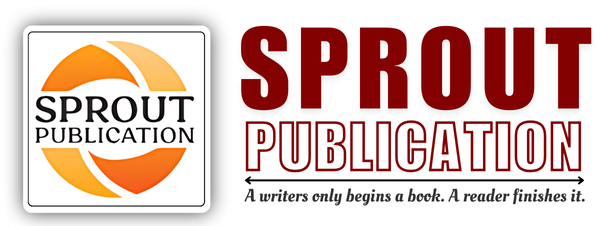Pharmacognostic Investigation of Illicit substances
Pharmacognostic Investigation of Illicit substances
Author(s): Mr. Sudhanshu Kumar Jha, Dr. Pramod Chandra Dwivedi, Dr. Pulsi Pande, Ms. Gite D. U.
ISBN: 978-81-978670-8-8
Access: Closed Access
Binding Type: Perfect Binding
Copyright: 2024
DOI:
Preface
The field of pharmacognosy, traditionally concerned with the study of natural drugs and their sources, has evolved to include the investigation of substances that exist beyond the realm of conventional medicinal practice. Among these, illicit substances represent a category that poses significant challenges and opportunities for scientific exploration. This book, Pharmacognostic Investigation of Illicit Substances, emerges as an essential resource for understanding the intricate chemical, botanical, and pharmacological dimensions of such substances. With the widespread use and abuse of illicit substances across the globe, there is an urgent need to expand our scientific knowledge and investigative techniques in this area. The ability to accurately identify, analyze, and classify these substances through pharmacognostic methods is critical not only for the advancement of forensic science but also for the development of potential therapeutic strategies aimed at combating addiction and managing drug-related health crises. Authored by a team of esteemed scholars—Mr. Sudhanshu Kumar Jha, Dr. Pramod Chandra Dwivedi, Dr. Pulsi Pande, and Ms. Gite D. U. this book offers a comprehensive exploration of the pharmacognostic aspects of illicit drugs. It provides in-depth insights into the morphological, microscopical, and chemical characteristics of these substances, supported by rigorous research and analysis. Each chapter delves into various classes of illicit drugs, focusing on their origins, mechanisms of action, and methods of identification. In writing this book, the authors aim to equip researchers, students, forensic scientists, and healthcare professionals with a solid foundation in the study of illicit substances, enabling them to contribute to the broader field of pharmacognosy and public health. The book also highlights the importance of interdisciplinary collaboration in addressing the complex challenges posed by these substances, from legal regulation to the development of effective prevention and treatment strategies.

